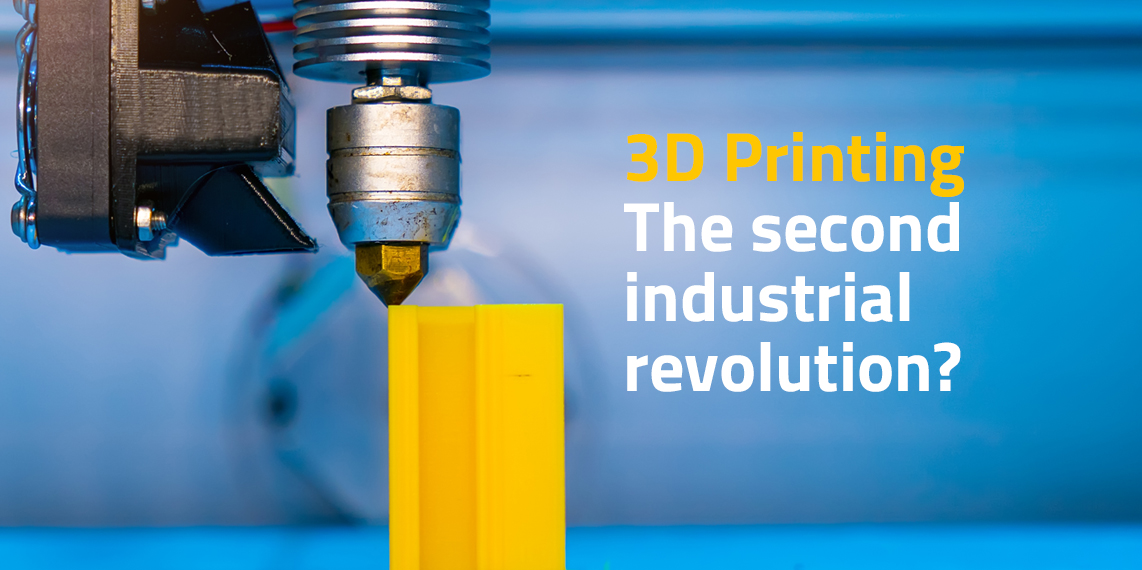Your child could be at the forefront of change
3D printing has been around since the late 1980s, but even 10 years ago it wasn’t very well known. Thanks to recent advances in technology, it’s rapidly become a common sight in the public eye. Now, it’s featured across the media seemingly every day.
In fact, this progress has been so swift and dramatic that 3D printing is now being widely used in many various manufacturing sectors. You can even buy 3D printers to use at home.
This burgeoning industry is, according to Wohlers Report 2018, worth over $7 Billion*, and is set to increase every year! New Scientist has referred to 3D printing as the second industrial revolution.**
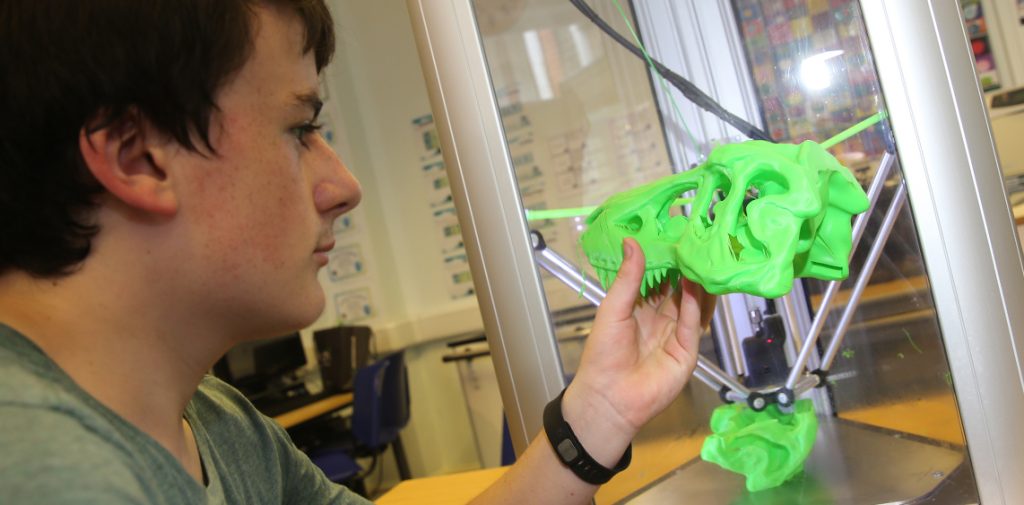
3D printed model produced at our tech camp in Richmond, 2016
Future opportunities for today’s children
There are, and will continue to be, massive opportunities in the 3D printing sector. Employers are searching high and low for workers with talents in scientific, engineering, software development and other technical fields.
This can be a great topic for parents to encourage with their children. It could end up being a new passion that they develop into a career opportunity.
But what exactly is 3D printing? Is it something that children can learn? What do people need to know about it?
Think your child might have questions on this exciting new industry? We know our students have. We’ve put together a list of the most commonly asked questions and facts about 3D printing, and asked our tutors to give us their view. If you and your child would like to get a head-start with 3D printing, read on!
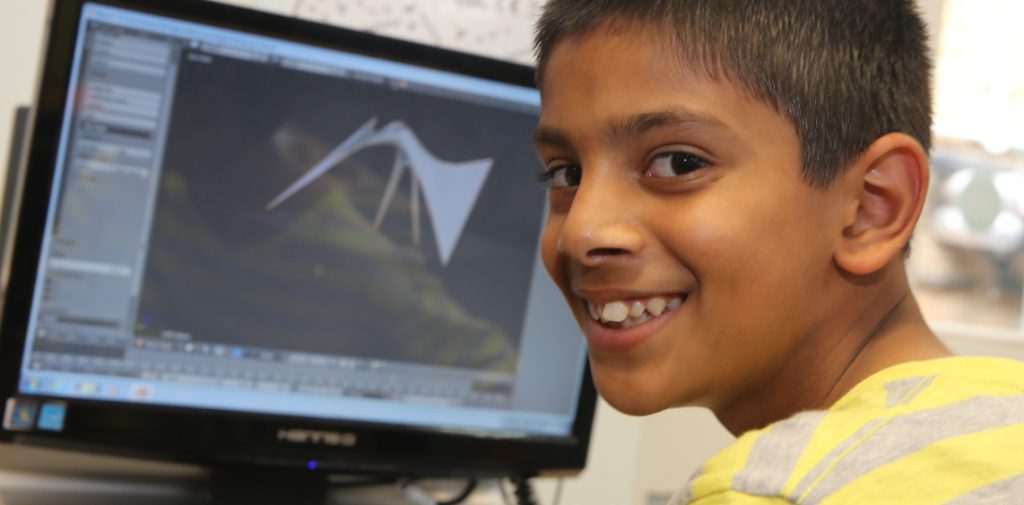
Arran at our 2016 tech camp using Blender software to create his model
What is 3D printing and how does it work?
You’re probably familiar with 2D printing – on paper, with ink. 3D printing is sort of like that. It’s the process of “printing out” three dimensional, solid objects from a digital schematic held on a computer. The object is built up layer by layer by a precise nozzle. The printer is loaded with material (usually biodegradable plastic) that is quickly heated, extruded and cooled. Each layer is a thinly sliced cross-section of the final product.
It’s virtually the opposite of traditional subtractive manufacturing. Instead of an object being cut or hollowed out from a material, it’s built up with much less waste. 3D printing lets designers, manufacturers and home users produce objects using less material than they would need with other methods.
If you want your child to become one of the pioneers in the second industrial revolution, 3D printing and modelling is worth a look!
FIND OUT MORE
How can this help people?
3D printing is set to save lives in the future of course, but it’s already being used to great result in the medical field!
It’s been used to create prosthetics, heart valves, ear cartilage, anatomical models for surgery preparation, and as an aid in brain surgery and kidney transplants.
Future possibilities are already underway. There is currently research being done into creating 3D printed blood vessels which could revolutionise operations. Other proposed uses for the technology are bioprinted organs, personalised doses for drug manufacturing, and strips of tissue for medical testing.
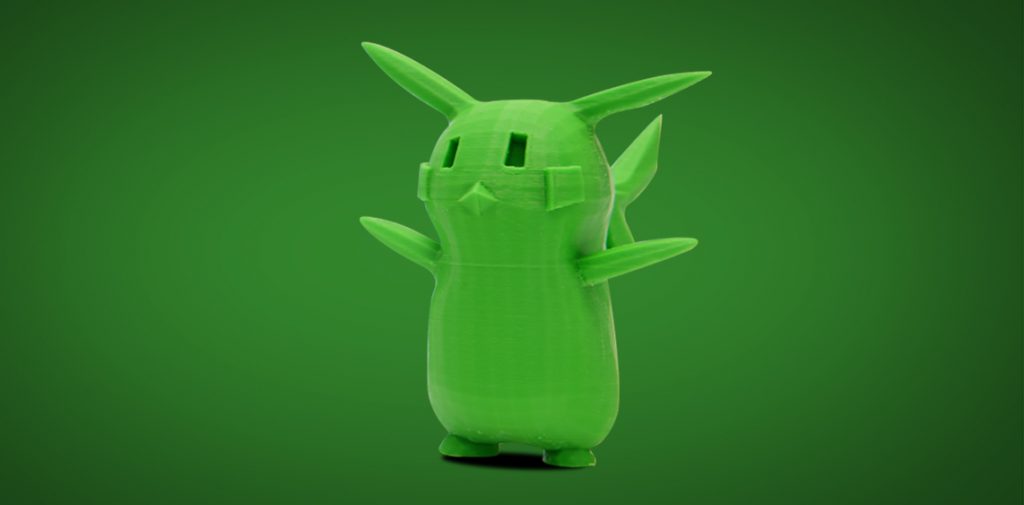
A fun character created by one of our campers (in just one week)!
How can 3D printing be used in education?
Currently not many schools are using or teaching 3D printing, but that’s set to change over the next few years.
The areas of education that 3D printing could benefit include the following, some of which are already being used in schools and colleges***:
- Design and engineering – prototype printing.
- Architecture and graphic design – models of students’ work.
- History – copies of historical artefacts.
- Geography – population, topography, or demographic maps.
- Automotive – replacement parts for testing.
- Chemistry – models of molecules.
- Biology – organs and cells.
- Maths – scale models and design problems.
While your child’s school might not yet be exploring the endless possibilities of 3D printing, kids can get a head start with FunTech’s 3D modelling and printing summer camps.
FIND OUT MORE
How 3D printing is revolutionising the housing industry:
In March 2017, a house was 3D printed in just one day.**** Obviously, it was a larger and more complex 3D printer than the ones you can use in your home or school, but the premise was exactly the same.
3D printing will have a huge part in urban development for future generations.
Picture this: you decide where you want to build your house. You get the large 3D printer to come to the site. Your home is ready in around 24 hours! No more months of construction time.
Today, many are without proper shelter. With 3D printing, maybe someday we’ll be able to build homes for everyone.
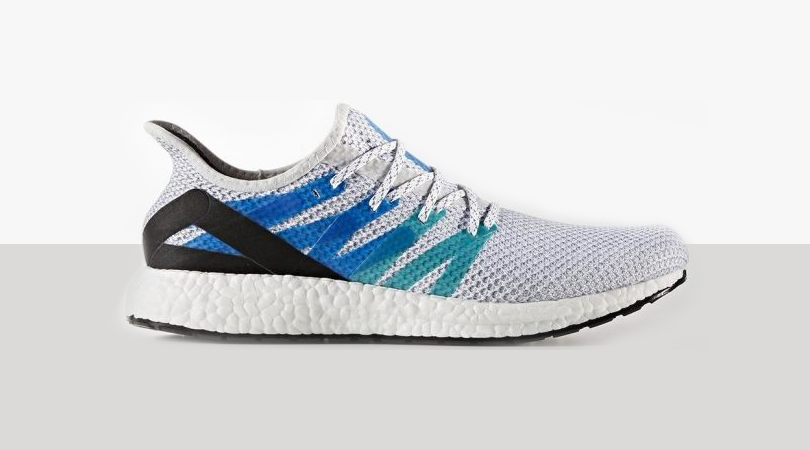
Trainer using 3D printing technology
How 3D printing is used in the fashion industry:
3D printing is already being used extensively in fashion. Designers can bring ideas to life with jewellery, printed shoes and other accessories faster than they ever could before. It’s given fashion and clothes designers the freedom to create any type of shape, no matter how complex!
How 3D printing will change manufacturing:
The most common mass application of 3D printing is manufacturing. It’s already being experimented with, but there’s no doubt that further advancements will radically change how we view the design to production process.
Here are just a few things that we might expect to see in the future:
- Reduced cost – 3D printing only uses the materials needed to build products, reducing waste.
- Ecological benefits – reduced waste adds up to a significant decrease in resource consumption.
- Simplification of production – manufacturing will be sped up and streamlined.
- Greater design freedom, with lower barriers to entry
- Increased innovation – “bedroom” designers will be free from previous manufacturing constraints.
What can 3D printing do in the future?
It may not be the answer to all of our problems, but as you can see 3D printing is set to break down a lot of our current day barriers. From medical science, to the automotive industry, to custom consumer product development, progress is happening all over the place.
3D printing will continue to change the world. In the not-so-distant future, life expectancy will improve, processes will become more efficient, and new uses we haven’t even dreamed of will come to fruition.
What do you think your child might do with 3D printing in the future?
FIND OUT MORE
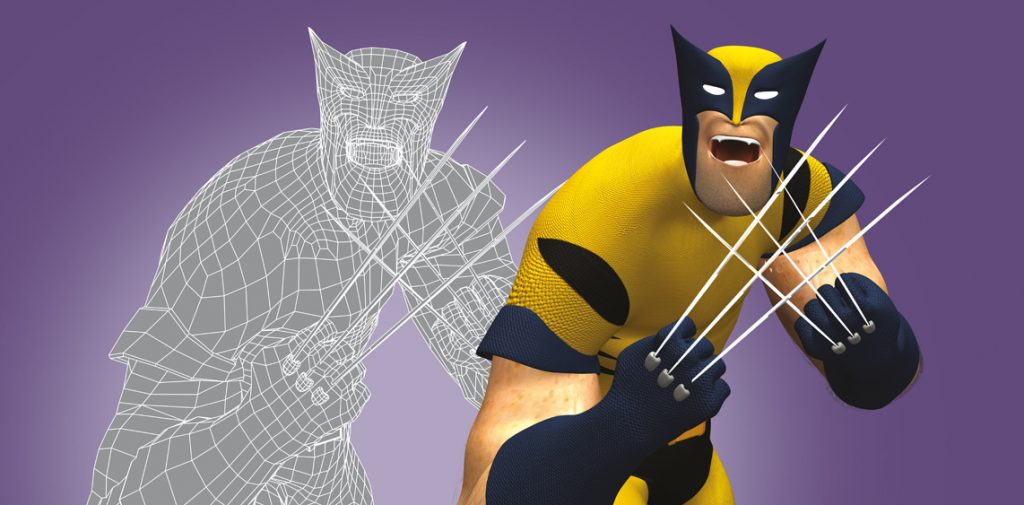
3D model produced using Blender software
3D printing for kids as a summer activity
At FunTech we believe in giving children as much opportunity as possible for the future. It’s important to equip children with skills to help them achieve, and 3D modelling and printing is one such topic we cover at our summer camps. Over the summer holidays we run weekly 3D printing camps for kids aged 10 to 14, in various locations across London and the south of England. You can drop your child off at 9 in the morning, knowing that they’re going to have fun in a safe environment.
Our camps combine learning with exciting, engaging experiences. It’s not like the stuffy science labs with out of date equipment you might remember from school. After all, fun’s in our name!
By applying industry standard techniques, from 3D extrusion modelling to 3D digital sculpting, your child will transform a simple geometric cube into a model created by their imagination. They’ll also learn tips, techniques and associated best practice by experimenting with 3D printers under the supervision and guidance of our expert tutors.
If your child has a passion for art or science, then 3D printing is an excellent choice. Not just as a way to keep them entertained over the summer months, but as a possible route into their future prospects. You’d be amazed at some of the ideas that our students have come up with!
Book your child on an unforgettable tech adventure
EXPLORE COURSEWhy choose FunTech kids’ 3D modelling and printing camps?
- We are Ofsted Registered
- We have an average of 8 to 1 pupil to tutor ratio
- We offer a structured learning environment
- We have been established since 1996
- We run summer classes that are scheduled 9am to 5pm
Book now to avoid disappointment
The FunTech 3D printing classes are very popular and to tend to fill up very quickly.
If you would like to explore the dates and venues available, or find out how your child can learn more about 3D modelling, please click the button below to get started.
BOOK NOWKeep me informed
Be the first to know about Flash and Early Bird Sales as well as new courses, summer locations and more.
KEEP ME INFORMED





